Kitchen or dish towels are a staple in most kitchens thanks to a variety of uses that span helping to clean and handling hot dishes. While they are consistently popular, what consumers look for in a suitable towel are changing as they become more concerned with sustainability, luxury, functionality, and new technologies, meaning that businesses must weigh up these elements when choosing their inventory.
The good news is that a gradually rising compound annual growth rate and dynamic culinary trends indicate good growth potential in this market. Below, we’ll guide you on how to source quality kitchen towels, as well as provide valuable insights and strategies to help businesses thrive in this segment.
Table of Contents
Global market of kitchen towels
Popular types of kitchen towels
Things to consider when investing in kitchen towels
Conclusion
Global market of kitchen towels
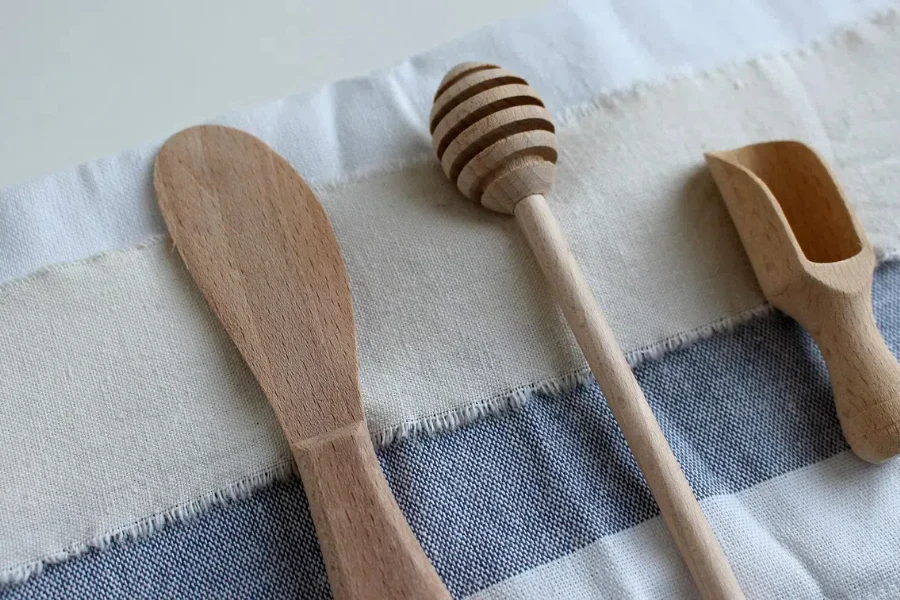
The market size of kitchen towels has significantly grown in recent years, with the global kitchen towel market being worth USD 17.2 billion in 2023. IMARC Group predicts the market will grow to USD 28.6 billion by 2032, with an annual growth rate of 5.7%. As more people move to cities, have higher incomes, and better living standards, they’re looking to spend on household items like kitchen towels, helping the market to grow.
In terms of regions, North America dominated the market in 2022, most likely due to a rapid surge in the number of restaurants across the US, a growing interest in eco-friendly kitchen products, and a larger emphasis on hygiene. It is anticipated that the Asia Pacific region presents a high-growth opportunity as standards of living continue to improve. Finally, the key players in the market focus on durability, cost-efficiency, and versatility.
Popular types of kitchen towels
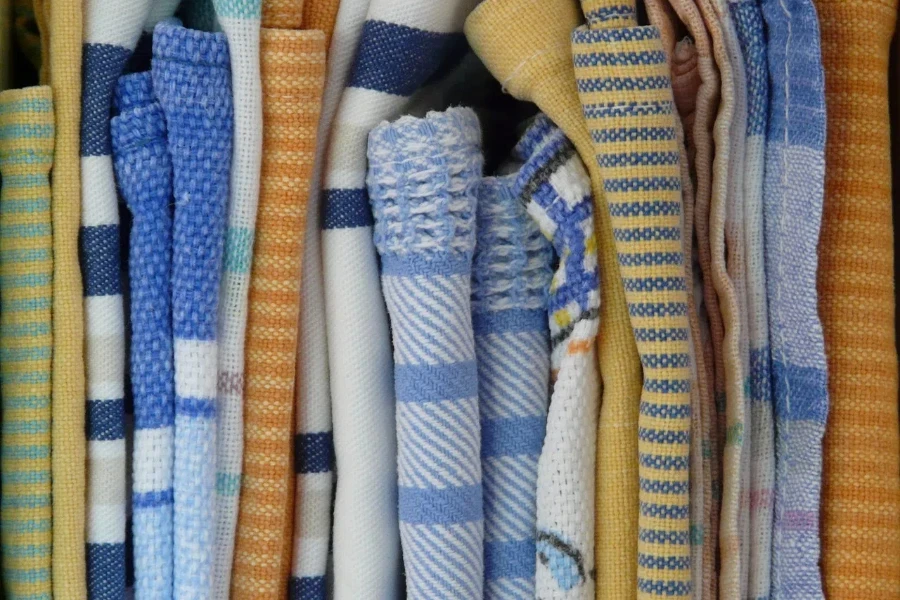
Starting in Victorian English society, tea towels became a fixture of affluent homes to keep teapots warm, cover baked goods, or clean up spills.
This versatility has led to the rise of several varieties for different purposes. Choosing the right ones for your customer base can have a significant effect on performance and sales. Below, we take a look at some of the main dish towel categories that are likely to help you boost sales in the coming months:
Chef’s towels

A chef’s towel can be used for various different purposes in the kitchen. Some restaurants advise that the cooking and waiting staff always keep towels nearby for convenience, such as dealing with hot objects, or hygiene-related reasons. Chefs often keep them tucked into their aprons or near their workstations.
Size is one of the most crucial factors when stocking these towels; they should be small and well-made so as to better clean up mess. Therefore, it’s recommended to choose towels with a high thread count, which are thicker and stronger and help them to last longer.
Dishcloth towels
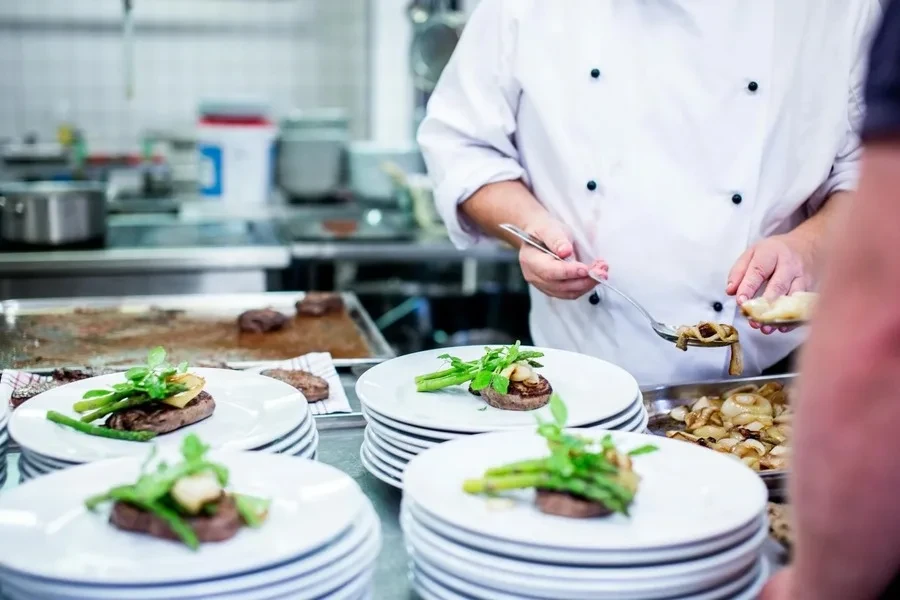
Dish towels are designed specifically to dry dishes and wipe up spills. Consumers tend to choose patterns that match their aesthetics, which means design is an important factor when choosing which to stock. For example, ensure the pattern doesn’t make the towel less absorbent or harder to use. The ideal dish towel should look good in the kitchen and perform well when it comes to drying dishes.
Kitchen hand towels

The basic function of a hand towel is to keep hands clean when working in the kitchen. They tend to be softer than other types of kitchen towels because of their hypoallergenic and skin-friendly properties. They’re also designed to be highly absorbent and durable, making them suitable for drying hands during cooking and cleaning.
Besides drying hands, hand towels can also be used to handle hot cookware, clean, or dry dishes. Materials used to make them typically include cotton, linen, or microfibers. Choosing reputable brands known for durability can help reduce the frequency they need to be replaced.
Terry tea towels
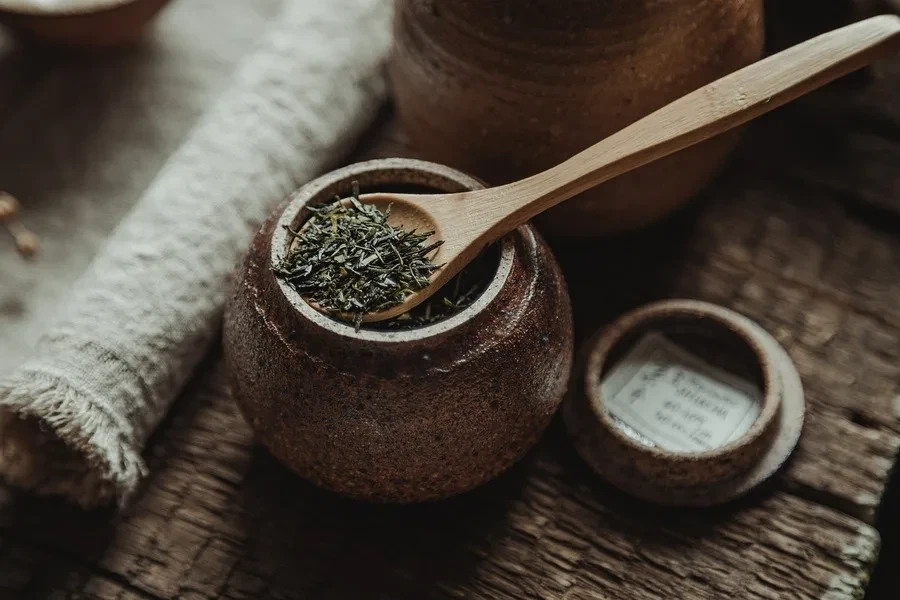
Terry cloth is a fabric with a looped pile at both sides, which increases the surface area of the fabric and makes it highly absorbent. Highly absorbent, the primary function of terry tea towels is to dry glassware and cutlery. These towels are also washable and reusable, making them greener than paper towels.
Things to consider when investing in kitchen towels
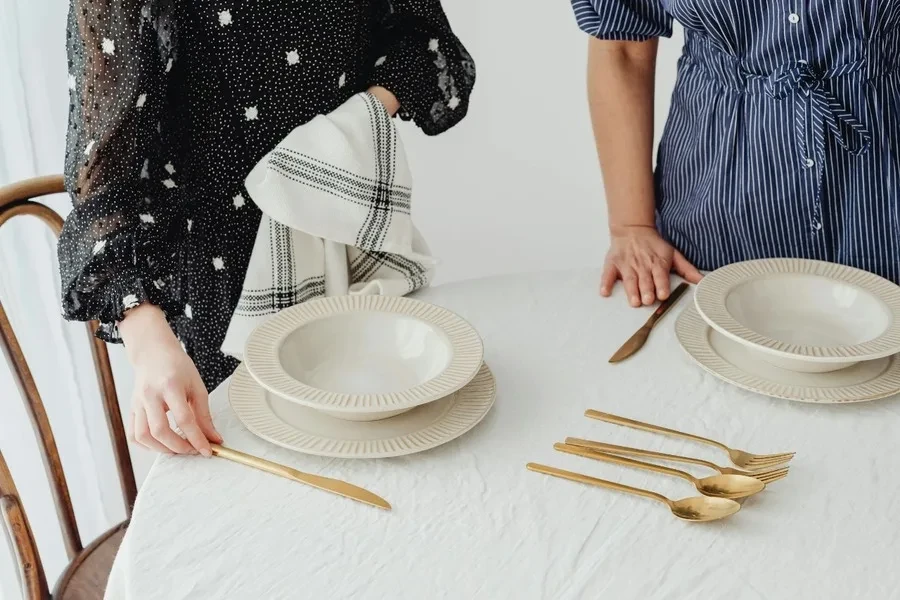
Choosing the right kitchen towel mostly comes down to market preferences and specific needs. Make informed decisions by weighing the strengths and weaknesses of each type, generally determined by factors such as:
Material quality

The type of material, including its durability, absorbency, and blend options, should be the first thing you research when sourcing kitchen towels. Cotton and linen are highly absorbent, while Egyptian or Turkish cotton is more durable. Some tea towels are made from blended materials like cotton and polyester, balancing absorbency and durability.
Size and weight
The size and weight of kitchen towels make a difference as to how they’re used. They should be big enough to accomplish the purpose it’s designed for. For example, a tea towel should be lightweight and soft enough to toss in the wash, a larger towel may be suitable for wiping large pots or pans, and a small towel is best used to clear up small spills. Consider the grams per square meter (GSM) to gauge a towel’s weight and thickness.
Design and aesthetics
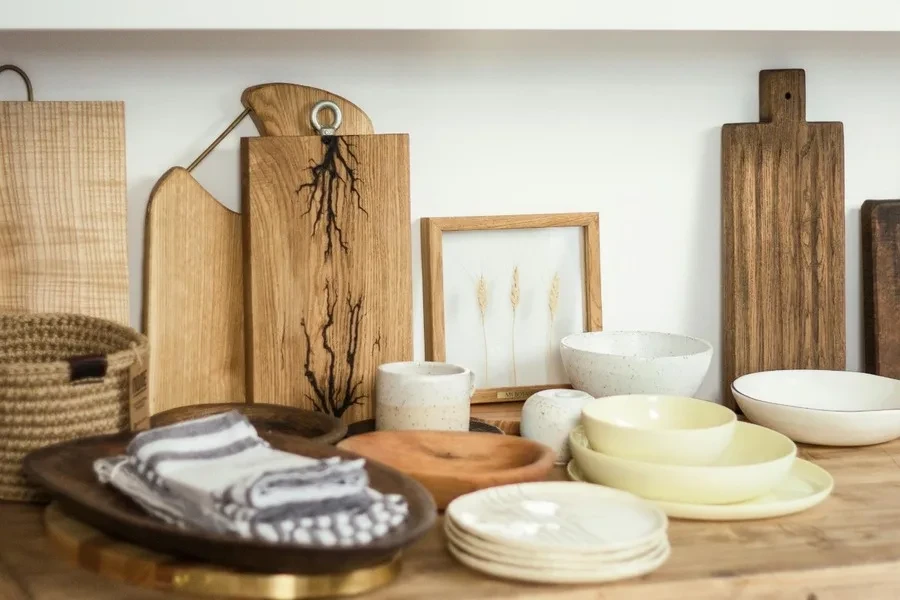
Aesthetics and branding can make or break the visual appeal of a kitchen towel. The way towels look, their color, and their design should match the home or business that they’re intended to be used in. For example, fancy spas might choose soft, neutral-colored towels to create a calm and luxurious feeling.
Sustainability
Consumers are concerned about the environmental impact of their choices more than ever. Eco-friendly options like bamboo or those made from recycled materials are gaining traction, while certifications like OEKO-TEX Standard 100 demonstrate chemical safety and ensure that towels are free of toxic elements.
Remember to research these factors when investing in your next inventory. It may take some time, but making the right decision goes a long way to boosting business reputation and sales.
Conclusion

In 2024, selecting kitchen towels is more than just fulfilling practical solutions. Focus on both functionality and aesthetics when choosing which towels will work best in various settings, such as at home, at a hotel, or in other businesses. Also, consider what they’re made of, their size, how they look, how they should be maintained, as well as if the supplier is trustworthy to find the right towels for your business and your buyers.




